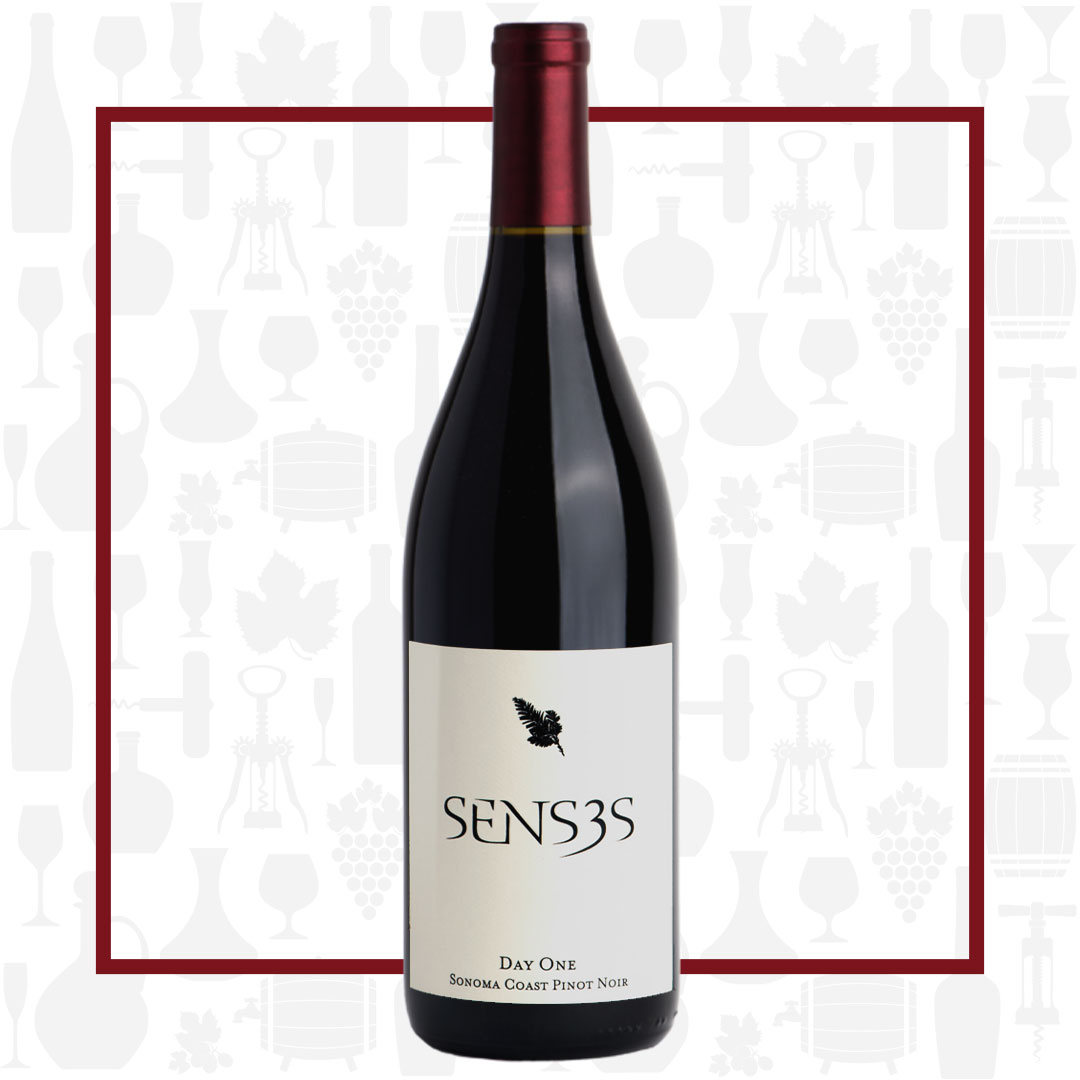Cellar Profile
Founded in 2011, Senses quickly became one of the most exciting wine projects out of the Sonoma Coast. Occidental natives and childhood friends, Christopher Strieter, Max Thieriot and Myles Lawrence-Briggs partnered with world-class winemaker Thomas Rivers Brown to produce coastal Pinot Noir and Chardonnay. Beginning with only 100 cases in their inaugural vintage, Senses currently crafts a few thousand cases of single vineyard and appellation wines. Grapes come from many renowned and family-owned vineyards including the B.A Thieriot, Terra de Promissio, Dutton Palms and Charles Heintz sites. The wines are complex, intense in flavour and beautifully balanced. All wines ferment via indigenous yeasts and are neither fined nor filtered. In the past two years, their presence in the marketplace has expanded to include placements on the menus of many Michelin-rated restaurants throughout the United States, including The French Laundry and Le Bernardin.
Region
Sonoma Coast is the largest AVA in Sonoma County, covering the mountains along the Pacific coast from the border with Mendocino County to the top of San Pablo Bay. Despite its name, the Sonoma Coast AVA stretches quite a long way inland. Climatically speaking, it is decidedly maritime and is cooler and wetter than the rest of Sonoma County. This is, perhaps obviously, due to its proximity to the Pacific Ocean and the cooling fog that creeps into the coastal valleys via the Petaluma Gap during the summer. As a result of the cool climate, the distribution of grape varieties differs noticeably from that found in the drier, warmer climes inland. The Burgundy family are out in force here – Pinot Noir and Chardonnay together account for more than 75 percent of the AVA’s wines.
Vineyard
The original Estate Vineyard of Senses, Hillcrest soils are the famed “Goldridge Loam” of Green Valley. Composed of fine sandy loam that is fluffy, with excellent drainage, there is a layer of silt as well as clay underneath that has some water retention to allow deeper rooted vines access to water during the inevitable California droughts. This vineyard has been selling fruit to Sonoma giants like Littorai, Flowers and Gary Farrell for years under its “Day One’ bottlings.
Winemaking
Hand-harvested in the evening and early morning so that the grapes stay cool, the fruit is brought to the winery in small bins to be hand-sorted, to ensure there is no questionable fruit in the press. The grapes are gently pressed and cold soaked in open top containers, with daily manual punchdowns of the cap. The wine undergoes fermentation using indigenous yeast in French oak cooperages, 30% new, spending 10 months aging in those barrels before bottling.
Varieties
Pinot Noir—chiefly associated with the Burgundy region of France— is grown around the world, mostly in cooler climates. The grape’s tendency to produce tightly-packed clusters makes it susceptible to several viticultural hazards involving rot that require diligent canopy management. When young, wines made from Pinot Noir tend to have red fruit aromas of cherries, raspberries and strawberries. As the wine ages, Pinot has the potential to develop more vegetal and earthy aromas that can contribute to the complexity of the wine. Thin skins and low levels of phenolic compounds lend Pinot to producing mostly lightly-coloured, medium-bodied and low-tannin wines that can often go through phases of uneven and unpredictable aging.
Tasting Notes
Dark cherry, Asian spices, undergrowth and raspberry on the nose. The palate is mid-weight, with replays of the aromas mingling with dried flowers, black tea and vanilla. The tannins are apparent, but supple, with a good dose of acidity. The finish is long and fruit-driven. Chill lightly and enjoy on its own, or serve with a roast chicken dinner or planked salmon.

